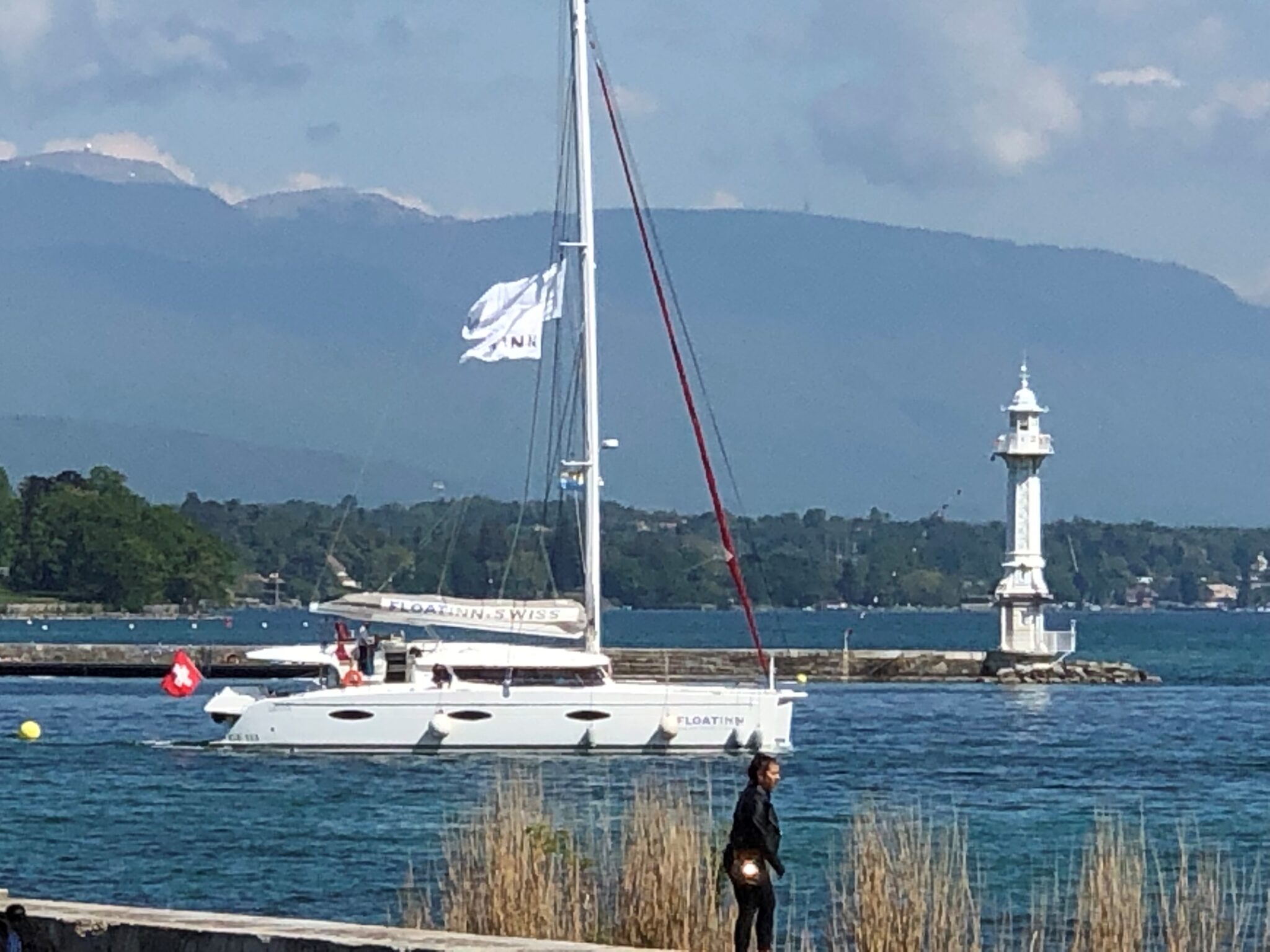Your savings exceeded one million riyals, how will you invest them?

When your savings exceed the barrier of one million riyals, whether through an existing investment plan or by other means, you will have an additional space that allows you to deal in investments with risks and returns different from the shares of companies listed on the Tadawul market. But this does not mean abandoning the investment strategy that you followed when your savings were less than that (you have 100,000 riyals and you want to invest them in the Saudi stock market).
In fact, the value of the investment portfolio exceeding the one million barrier means that periodic distributions can be used to cover part of the living expenses, whether before or after the retirement period, without affecting the size of the portfolio due to the use of distributions. For example, if the portfolio achieves distributions of 2% and its assets grow by 2% annually, this means that you can benefit from “at least” 20 thousand riyals for your annual expenses, and at the same time the value of your portfolio’s assets grows by approximately 20 thousand riyals “on “at least” annually on a continuous basis for subsequent years.

Returning to the main topic, the additional investment strategy that can be used in this case is to allocate a relatively small portion to go into alternative investments and venture capital companies (Venture Capital and Alternative Investments) with returns that can exceed the level of 10% annually, and sometimes 100% annually. Especially in technical or sometimes even traditional start-up companies, depending on the economic conditions of each country.
In order to determine the size of the part allocated for investment in these assets, the idea of “capital protection” can be used, which is usually presented to large investors, where less than 20% is allocated for investment in these assets, and the rest is placed in safe investments that achieve a growth rate of 4% within a period of up to 5 years. Years called the Lock-up Period or the “compulsory investment period” during which the portfolio is not allowed to be disposed of at all.
What distinguishes this method is the preservation of capital while not neglecting the investment opportunities available in the venture capital sector and alternative investments. In order to determine the part allocated for investment, it must be understood that the greater its size, this means the need to increase the “compulsory investment period” in order to ensure compensation for the invested capital at the beginning of the period. For example, if we assume that 30% of the portfolio is allocated to invest in these assets, then the portfolio needs a “mandatory investment period” of approximately 9 years, with an annual return of 4% on the portfolio. Bearing in mind that the additional expected return could raise the annual return of the portfolio to more than 10% until the end of the mandatory investment period. (or keep it as it is in case of loss)

The idea itself is tempting, but its implementation is not as easy as you can imagine. The research and analyzes that are required to be done to manage the investment, in addition to the economic situation, require considerable expenses and effort, which necessitates the use of licensees from the Capital Market Authority to manage the investment or at least to provide advice. So, follow along with us during the coming period, as we will discuss some of these methods in greater detail, God willing.